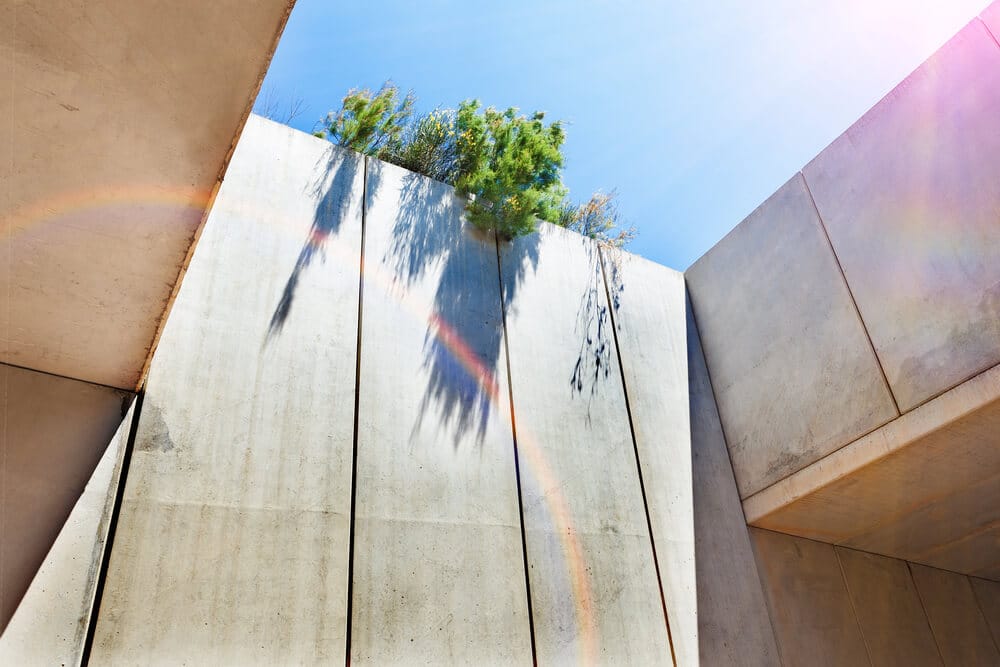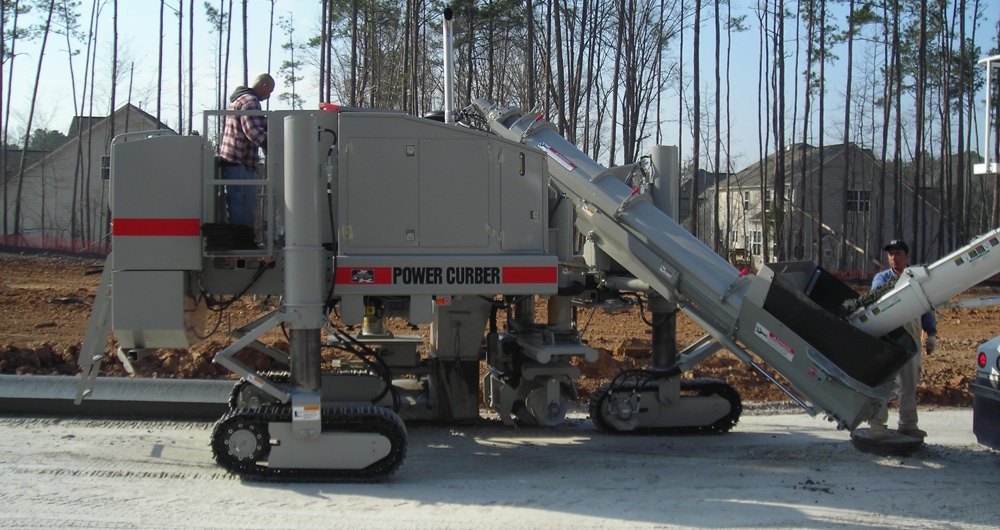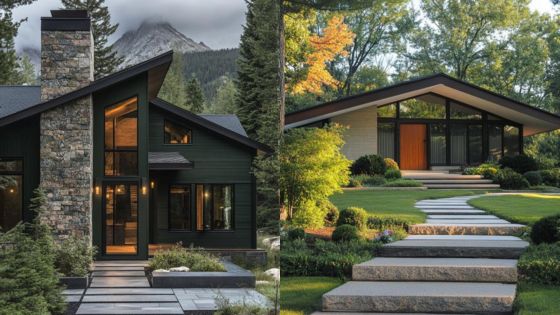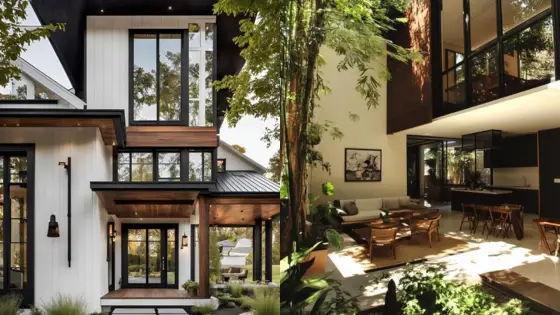

Concrete has been a cornerstone of construction for centuries, offering unrivaled strength and versatility. However, in an era where sustainability is no longer optional but a necessity, this material is undergoing a remarkable transformation. The focus is now on optimizing its impact on the environment without compromising its functionality. Let’s explore how concrete is evolving to meet the demands of modern sustainable construction.
Why Concrete is Indispensable in Construction
Concrete remains one of the most widely used materials in the world, forming the backbone of infrastructure projects, commercial developments, and residential architecture. Its durability, fire resistance, and ability to be molded into various shapes make it indispensable. However, traditional concrete production is energy-intensive and contributes significantly to global CO2 emissions, making sustainability a critical conversation in its evolution.
Innovations Driving Sustainable Concrete
To align with environmental objectives, both researchers and industry leaders have been innovating sustainable alternatives and enhancements to concrete. Here are some developments shaping the future:
1. Low-Carbon Cement
Traditional Portland cement is a significant contributor to concrete’s carbon footprint. Emerging options like geopolymer cement and blends that incorporate industrial byproducts such as fly ash and slag help reduce CO2 emissions during production.
2. Carbon Capture Technologies
Modern advancements are introducing carbon capture into the concrete manufacturing process. This involves injecting CO2 directly into concrete during mixing, which not only sequesters harmful emissions but also strengthens the material.
3. Recycled Concrete Aggregates (RCA)
Reusing materials from demolished structures as aggregates in new concrete mixes minimizes waste and reduces the demand for virgin resources. It’s a practical step toward creating a circular economy in construction.
4. Self-Healing Concrete
Self-healing concrete embedded with bacteria or microcapsules of healing agents repairs cracks autonomously. This innovation reduces the need for repairs and replacements, thereby extending the lifespan of structures and reducing resource consumption over time.
5. 3D Printing with Concrete
Additive manufacturing technology is revolutionizing how we build. 3D-printed concrete reduces waste and energy use by precisely placing material where it’s needed, offering a sustainable solution for both residential and commercial applications.
Benefits of Sustainable Concrete in Modern Construction
These advancements not only address ecological concerns but also open doors to enhanced performance and cost-efficiency. Sustainable concrete solutions:
- Reduce greenhouse gas emissions during production.
- Contribute to energy-efficient buildings by offering greater thermal mass.
- Decrease the need for frequent repair or refurbishment, lowering lifecycle costs.
- Improve waste management through the reuse of industrial byproducts and recycled materials.
How the Construction Industry is Adopting Sustainable Concrete
The shift toward green building practices is accelerating, with many construction firms and developers integrating these sustainable innovations into their projects. Engineers and architects are also prioritizing designs that make the most of concrete’s thermal, acoustic, and structural properties while minimizing environmental impact.
Adopting materials that both reduce embodied carbon and allow more efficient forms can bridge design intent and environmental targets. One increasingly adopted option is glass fibre reinforced concrete, which enables thinner, lighter façades and precast elements without sacrificing durability or finish potential. Specialized suppliers and training providers, such as Domcrete GFRC, offer premixed GFRC formulations and hands-on support that help architects and contractors translate sustainable specifications into buildable details. Integrating GFRC into a project can cut material use, simplify installation, and expand aesthetic possibilities while aligning with low‑carbon strategies.
For businesses interested in leveraging sustainable concrete solutions, partnering with a reputable concrete construction company can simplify the transition. These experts understand how to incorporate advanced materials and techniques while meeting project-specific requirements.
The Future of Concrete in Construction
Concrete will continue to play a vital role in modern construction, but its role is being redefined to align with sustainability goals. The integration of low-carbon materials, innovative technologies, and efficient construction practices marks the beginning of a greener era in which concrete acts as both a structural and environmental ally.
Sustainable concrete is paving the way for not just stronger buildings but a stronger planet. For developers, architects, and construction companies alike, the challenge lies in balancing innovation with practicality—a challenge this versatile material is well on its way to meeting.
- 0shares
- Facebook0
- Pinterest0
- Twitter0



